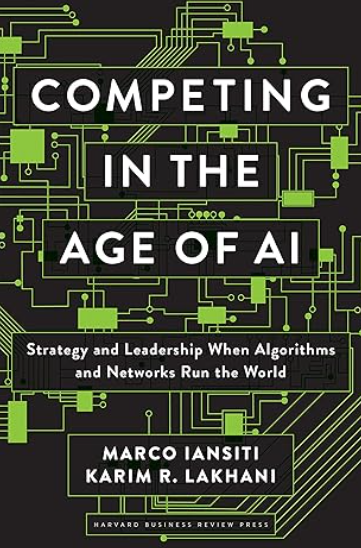Interacting with individuals who have different viewpoints can be challenging. As a tech executive, you’ll often face these scenarios, requiring you to excel in communication to reach favorable results. Yet sometimes the wisest choice is to discreetly step away. “Divergent” is increasingly synonymous with radically different. But what precisely constitutes a divergent view?
A divergent view is an opinion or perspective that differs from your own or the majority’s.
It can emerge in scenarios with multiple solutions to a problem, conflicting beliefs and values, or varying interpretations of information. Divergent views also originate from personal experiences and backgrounds, making them highly subjective.
In your role as a tech executive, you’ll encounter differing perspectives on topics such as product development, business strategies, and company culture. These differences can lead to disagreements, conflicts, and misunderstandings if not properly managed. Thus, developing strong communication skills is essential.
One way to address divergent views is by practicing active listening.
This involves focusing on the speaker, understanding their viewpoint, and asking clarifying questions. By actively listening, you can better comprehend the other person’s perspective and find common ground.
Respecting differing views is also crucial. Even if you disagree with someone’s opinion, respecting their right to hold it is vital. Acknowledge and appreciate the diversity of thoughts and ideas within your team or organization. This fosters a positive work culture where individuals feel valued and are encouraged to share their perspectives without fear of judgment.
A divergent view can sometimes lead to healthy debates and innovative ideas.
As a tech executive, you have a responsibility to create an environment where diverse opinions are welcomed and encouraged, leading to a culture of continuous learning and growth within your company.
However, when divergent views cause conflicts and hinder progress, it’s essential to address them professionally and calmly. Avoid personal attacks or defensiveness; instead, focus on finding a compromise or common ground that benefits all parties.
Remember, diversity of thought can drive progress and innovation, so embrace it rather than view it as an obstacle.
With these skills and mindset, you can handle divergent views confidently and navigate challenging situations constructively.
Effective communication is not just about expressing your own thoughts but also about understanding others’ perspectives. By actively listening and respecting divergent views, you can foster a collaborative and inclusive work environment, which is crucial for success in the tech industry. Continually work on your communication skills, remain open to diverse perspectives, and use them as opportunities for growth and improvement. With these approaches, you will effectively handle divergent views and lead your team toward achieving common goals.
Click here for a post on how to build consensus in a politically charged environment.







